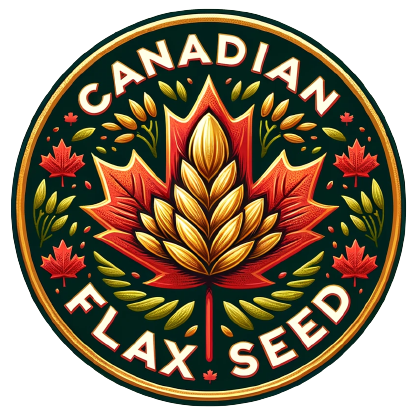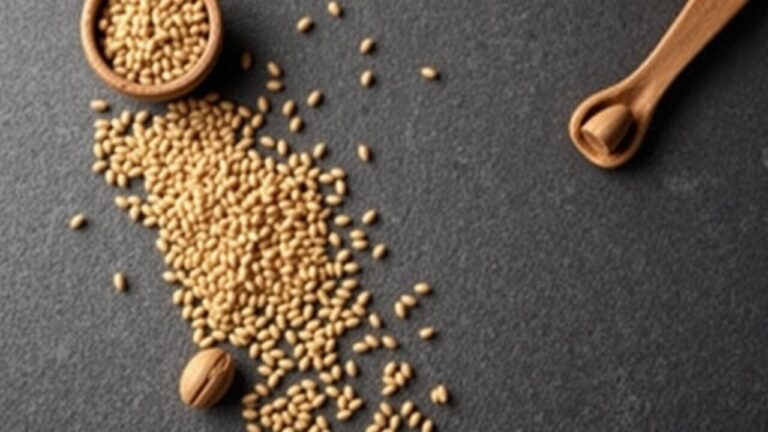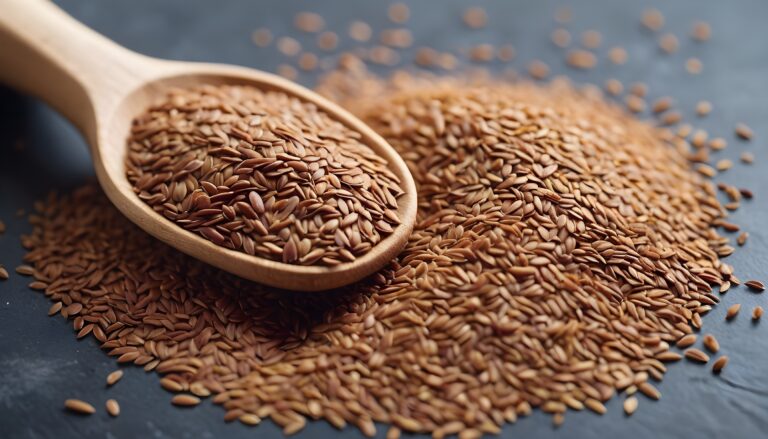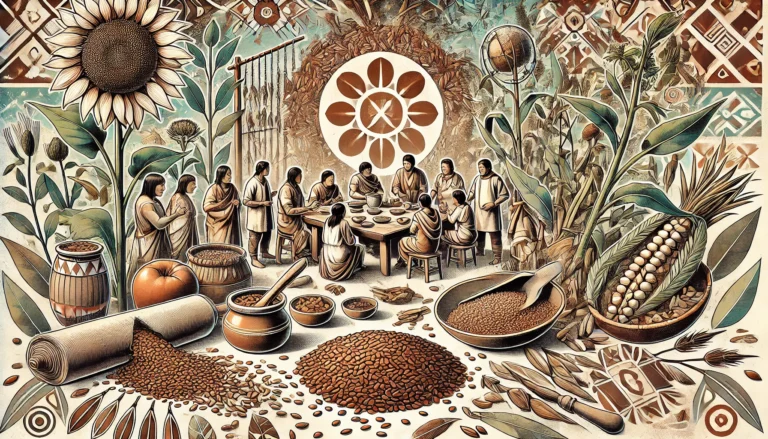Cultivating Prosperity: Flaxseeds and the Agricultural Legacy of Canada
In the sprawling landscapes of Canada’s agricultural history, flaxseeds emerge as a golden thread that weaves through the annals of time. Beyond their culinary uses, these tiny seeds played a pivotal role in shaping Canada’s agricultural destiny. Join us on a journey through the furrows of the past as we unearth the rich agricultural history of flaxseeds in Canada, where the story of cultivation, innovation, and prosperity unfolds.
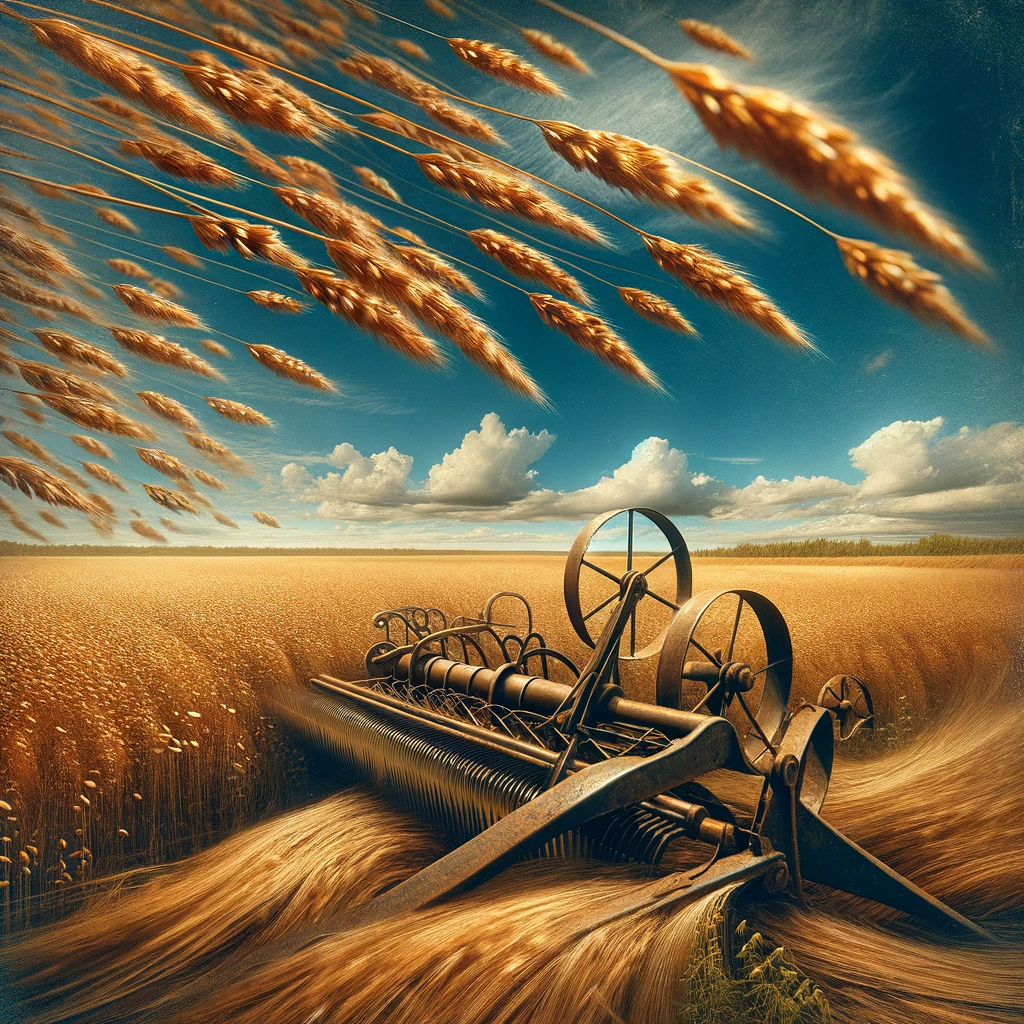
Flaxseeds: The Early Settlers’ Sustenance
When early European settlers arrived in Canada, they brought with them the knowledge of flax cultivation from their homelands. Flaxseeds quickly became a staple crop due to their adaptability to Canada’s diverse climates. These seeds not only provided nourishment in the form of flaxseed bread but also served as a valuable source of oil for lamps and cooking, illuminating homes and sustenance in the wilderness.
Cultivation and Innovation: Flax Farms Across Canada
The cultivation of flaxseeds spread rapidly across Canada, giving rise to flax farms in various regions. Canadian farmers embraced the crop’s versatility, planting it alongside wheat and other grains. Flax farming became an integral part of Canadian agriculture, and innovation in flax processing led to the production of high-quality flaxseed oil and flax fibers for textiles, contributing significantly to the nation’s economic growth.
Flaxseed Oil: Lighting the Nation
Flaxseed oil played a pivotal role in Canada’s history by providing a crucial source of illumination in the absence of electricity. Before the advent of modern lighting, flaxseed oil lamps illuminated homes, streets, and workplaces. This innovation not only improved the quality of life for Canadians but also contributed to the nation’s industrial progress.
Flax as a Fiber: From Farms to Fabric
The cultivation of flax for textiles further solidified its place in Canadian agriculture. Flax fibers were used to produce linen textiles, clothing, and other goods. The linen industry thrived in regions where flax was cultivated, creating economic opportunities and contributing to Canada’s industrial development.
Decline and Revival: Flaxseeds in Modern Agriculture
As Canada’s agricultural landscape evolved, the cultivation of flaxseeds experienced periods of decline. However, in recent years, flaxseeds have undergone a resurgence due to their recognized health benefits. The seeds are now celebrated for their high omega-3 fatty acid content and nutritional value, making them a sought-after superfood in modern agriculture.
Conclusion
The role of flaxseeds in Canadian agricultural history is a testament to the resilience and adaptability of both the crop and the people who cultivated it. From early settlers using flaxseeds for sustenance and light to the development of a thriving flax industry, the seeds have left an indelible mark on Canada’s agricultural heritage. As we delve into the fertile soil of Canada’s past, we uncover the profound impact of flaxseeds, from nourishing pioneers to illuminating the nation and contributing to its prosperity.
